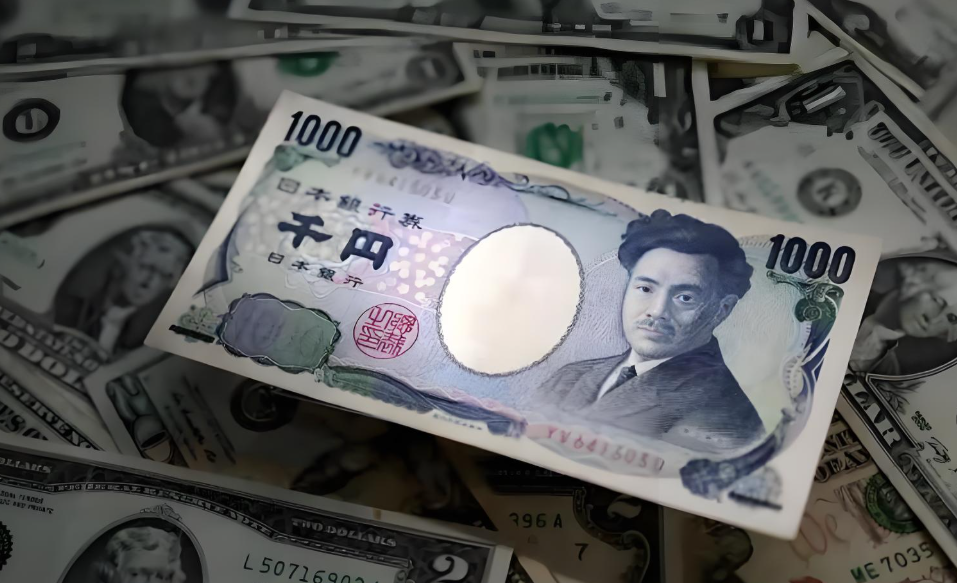In the forex space, sentiment around the USD/JPY pair has turned overtly bearish, driven by expectations of a persistently weak Japanese yen and growing chatter of “currency meltdown” among retail FX traders. The key driver: the recent sharp slide in the yen, and government commentary signalling concern — a dynamic that has amplified investor caution and sparked social-media buzz around speculative positioning.
Mood at Market Open
At the start of the week the tone had shifted from “gradual weakening” to “accelerating decline”. Sentiment-tracking services indicate that roughly 59% of sentiment is short USD/JPY (i.e., betting on further decline in the yen) with only about 41% long. On forums, one trader commented:
“The yen is bleeding and everyone’s piling into USD/JPY shorts like it’s 1998 again.”
That kind of hyperbole reflects a crowd leaning toward bearish belief, rather than balanced hedging.

Catalyst: What Changed and Why
A key catalyst: the appointment of a political leader in Japan committed to loose-monetary and fiscal stimulus policies — fuelling views of a weaker yen ahead. The newly named leader’s stance revived memories of “Abenomics”-style policy. At the same time, positioning data and sentiment trackers began showing consensus leaning heavily bearish on the yen, which itself can feed momentum as trend-followers pile in.
On the social side, hashtags such as #YenCollapse and #JPYFreefall began trending on Twitter and Forex trader Telegram groups. One user wrote:
“Once they put 150 on USD/JPY, the real short-squeeze sets in.”
This crowd messaging underscores how investor sentiment is shifting from cautious to speculative.
Sentiment Shift and Market Reaction
With market mood now skewed toward yen weakness, the dollar-yen pair has been behaving in line with trend-followers: rising consistently, with limited corrective pauses. The technical-bias tools for USD/JPY show persistent upward momentum. From a crowd psychology standpoint, the key inflection is here: when the majority expects a move (weak yen), the risk is that further upside becomes more about momentum than fundamentals — and that raises the chance of a sudden flip if policy or data counters expectations.
Investor confidence in the trend is high — which can breed complacency. A well-known cautionary quote from a seasoned FX trader sums it up:
“When everyone agrees the yen is doomed, that’s when the yen quietly stops being doomed.”
That kind of contrarian thought emerges when sentiment becomes one-sided.



